Even in the dark, I find my way easily up the hill, scarcely needing a flashlight. I know the exact tree where I’ll stand, waiting for deer. I know where the turkeys are roosting and where, soon after sunrise, pileated woodpeckers will hammer.
As I huff my way up the steep slope, it feels a bit like slipping on a favorite, old t-shirt. Comfortable and comforting.
I grew up and went crazy for the natural world in these Central Pennsylvania woods. Every day after school, I’d head into the woods, exploring. Watching owls, searching for signs of fox along the trails, turning over rocks in creeks. Hunting deer and dreaming of hunting deer.
I thought of all this when I recently booked a flight home, the first deer season opener I’ll make in four years. I live on the other side of the country now, but nonetheless, I feel the same sense of anticipation. I know that, when I step back into Penn’s Woods, it will be like I never left.
Sort of.
The Central Pennsylvania forest holds so many memories. Layers and layers of memories. And those memories involve doing things I love with people I love. It isn’t that surprising that hearing a squirrel rustling in the oak leaves is enough to trigger a major bout of nostalgia. It’s equally unsurprising that to want such a place to stay the same.
The forest, of course, doesn’t freeze in time. Glaciers, fires, forests advancing and retreating, predators and prey have constantly altered the ecosystem over millenia. Balance of nature? More like perpetual chaos. For much of history, many of those changes, even the dramatic ones, would likely have been imperceptible to human eyes.
In the Anthropocene, though, the changes have come fast and furious. Just in my lifetime, I’ve seen incredible changes…good, bad and ugly. Here’s a look at just some of the more noticeable changes I’ve seen come to Penn’s Woods.
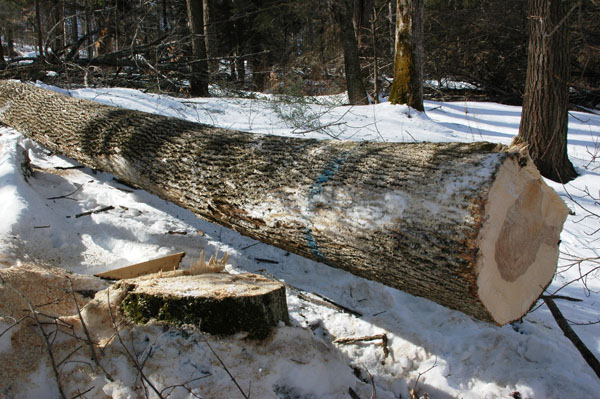
Ash Falling
Many of the trees we took for granted are disappearing, fast. Ash trees are the latest casualty in my family’s woodlot. In 2002, the emerald ash borer – an invasive Asian beetle – was first noted in Michigan. Since then it has spread rapidly across forests of the East and Midwest. The beetle’s larva, as its name suggests, bores into ash trees and effectively girdles them.
There’s no effective control. Some properties, including The Nature Conservancy’s Woodbourne Preserve, have made the difficult decision to log ash trees in advance of the beetle arriving, using the proceeds to save other species that can be saved.
This isn’t the first time a pest has essentially reordered the eastern forest. The chestnut blight raged through the forest in the early 1900s, rendering the American chestnut functionally extinct.
In this era of global trade and travel, invasive forest pests remain a constant threat. Since 2002, more than 28 new invasive species have ravaged eastern forests. One of my other favorite trees, the hemlock, is also dying in depressing numbers. I imagine in 25 years or so, the composition of forest trees will look completely different. What will live? What will die?
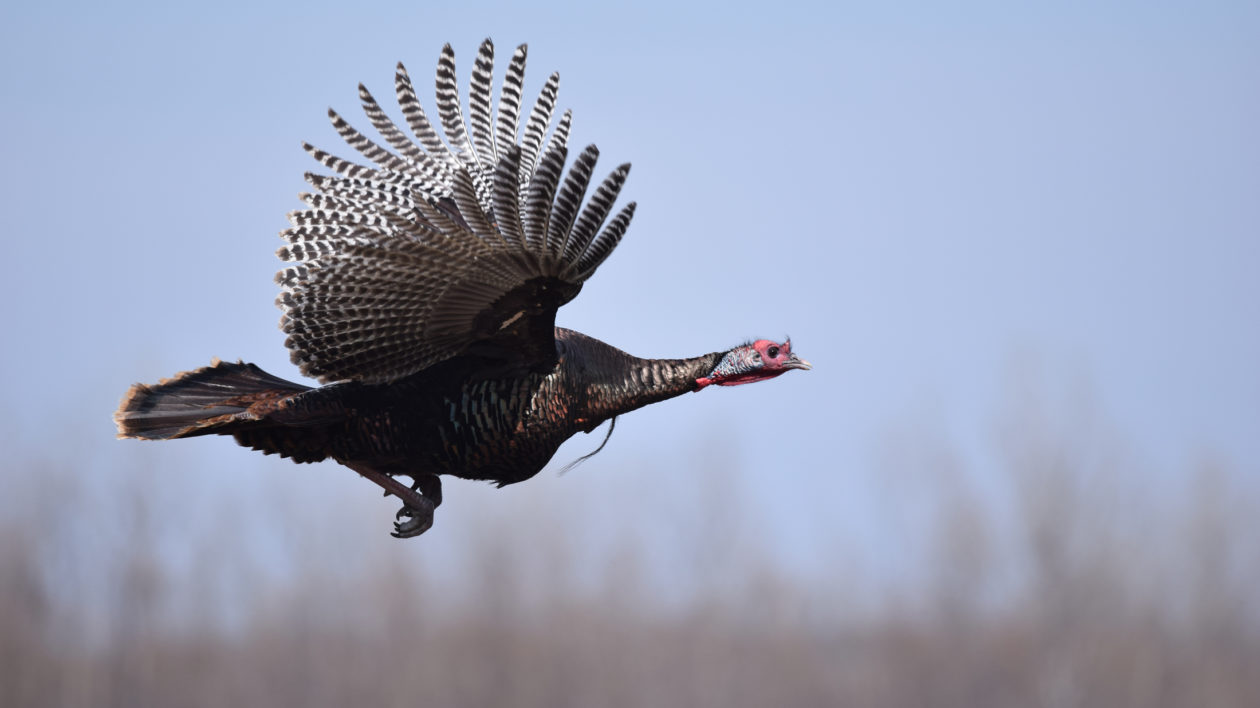
Turkeys Rising
The first time my dad and I saw turkeys in our woods, few believed us. Several people asked if we might have mistaken them for escaped chickens.
By the early 1900s, the turkey’s population was reduced to about 30,000 birds. That’s fewer turkeys than today there are orangutans, polar bears or African elephants – all species causing considerable angst among conservationists.
Today, there are some 7 million turkeys strutting around – arguably the greatest conservation success story ever.
In Pennsylvania, other species including black bears, elk and white-tailed deer are more numerous now than they were 100 years ago.
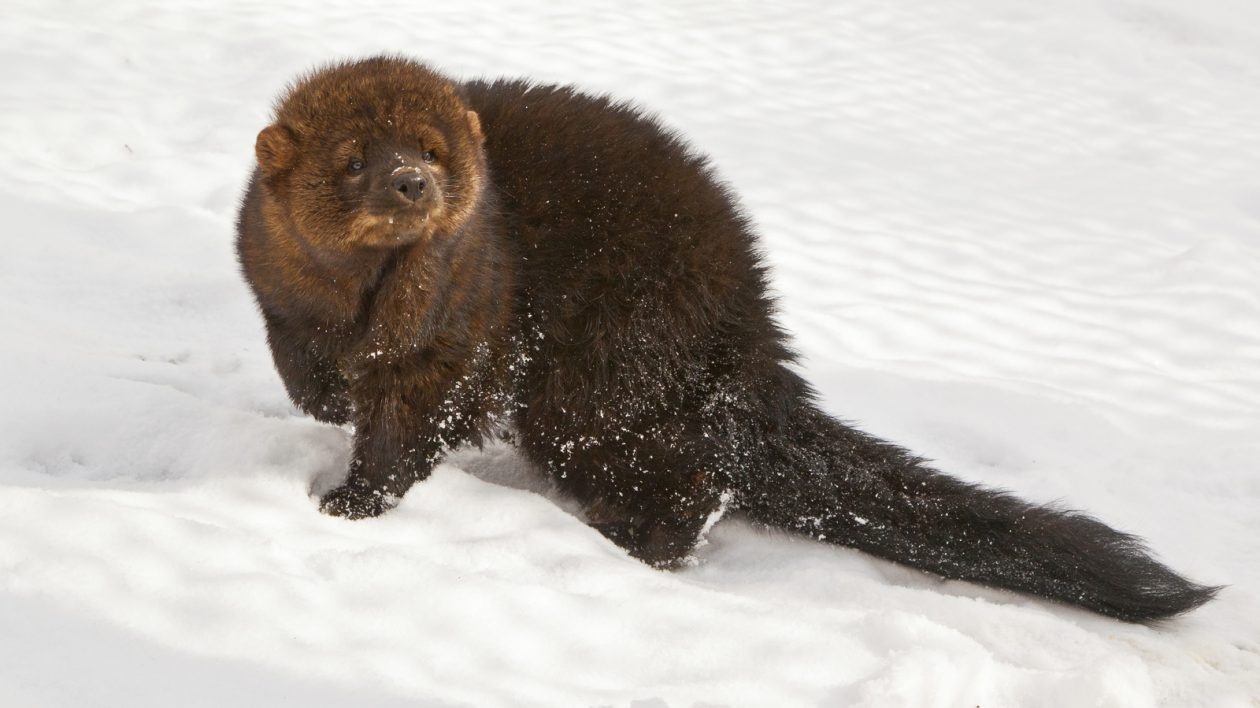
Fishers Reappear
The fisher is basically a super-sized weasel, and one that can scale trees in its search for prey like squirrels and porcupines. When I was a kid, I learned that the fisher once roamed Pennsylvania but it was one of those creatures – like bison and mountain lions – that would never come back. Fishers needed wilderness, and that was wrong.
Turned out, this was poor information. Sixty percent of Pennsylvania is forest cover. And if fishers are protected from unrestricted trapping, they pretty much thrive. More than 100 were reintroduced to the state from 1994 to 1998, and since then they have spread widely.
I haven’t seen one in our woods yet, but I keep looking.
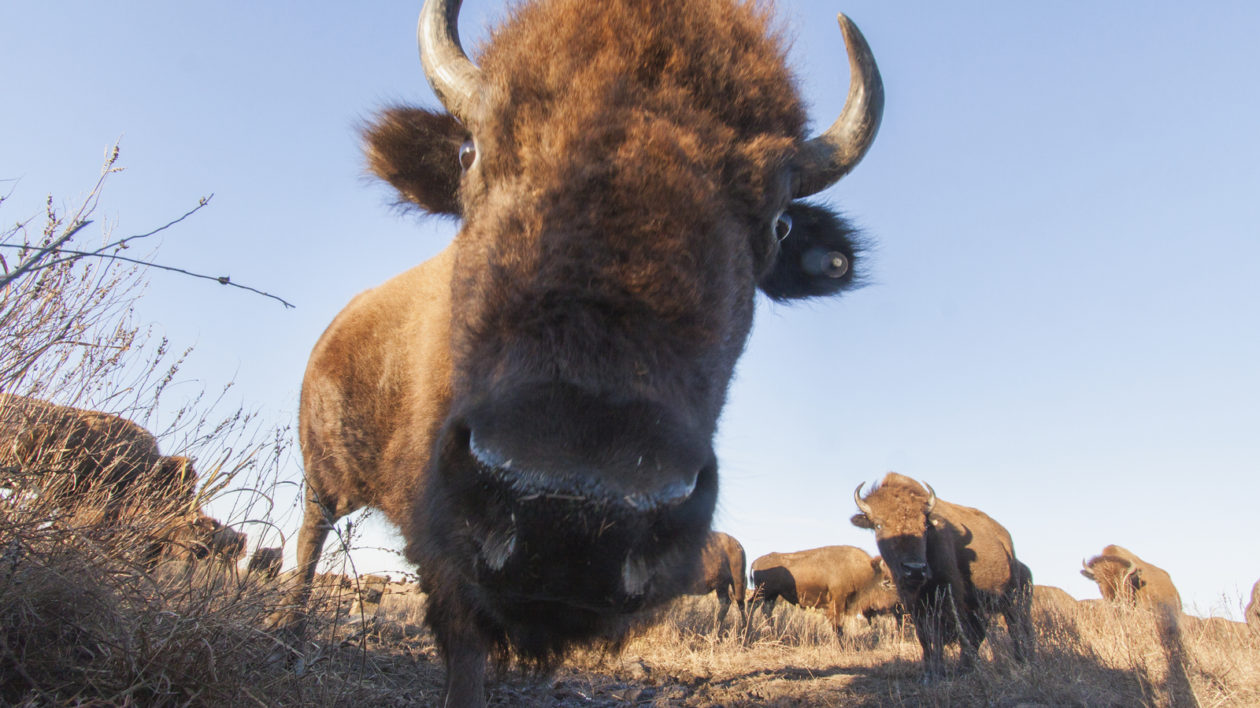
About Those Bison
Every Keystone State school kid learned that European pioneers quickly wiped out the bison from Pennsylvania. The last one was reportedly shot about ten miles from where I was born, a place called Buffalo Cross Roads. As a kid, I imagined seeing them in my forest, and it made me sad and mad.
It turns out that most of the information on Pennsylvania bison was from a prolific writer named Henry Shoemaker. Shoemaker made a career of recording the folklore and legends of rural residents, which is a noble calling. He then presented these tales in books as scientific fact, which is not. His stories do not hold up to much scrutiny. In one book, he details a cabin that was erected over a bison migration path. The bison never deviated with a herd blasting through the front door and out the back wall.
Today, many historians and naturalists doubt bison ever roamed Pennsylvania, at least not in significant numbers.
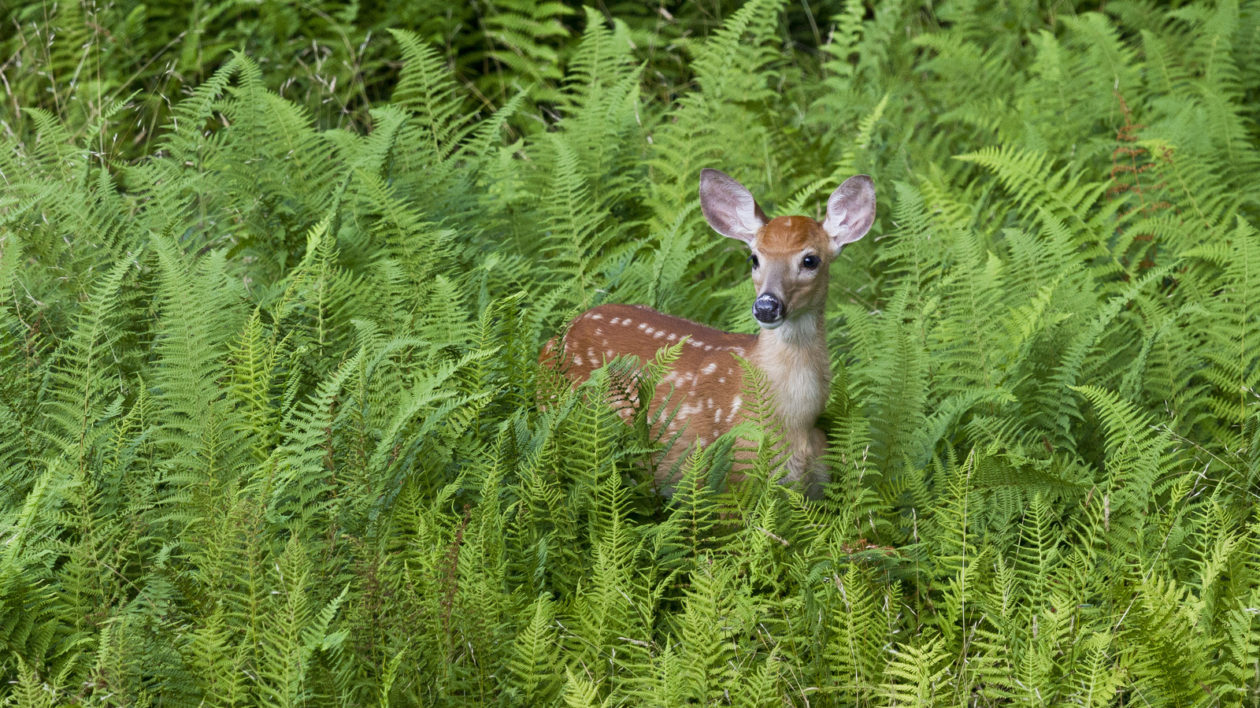
Oh, Deer
I’d like to say that our understanding of nature and science has progressed since the time of Henry Shoemaker. If I step into any bar in rural Pennsylvania, though, I’ll hear some barstool biologist proclaim that deer are going extinct in the state. This is no more accurate than Shoemaker’s tales of rampaging bison, but the disappearing deer myth is a whole lot more destructive.
Ecologists, foresters, farmers and observant hunters all know that the opposite is true: there are too many deer, and they’re mowing down the eastern forest. This overabundance of deer profoundly affects the habitat for songbirds and other species. I don’t have to go to the woods to see this. Growing up, a deer sighting near my home would be a noteworthy event. Now, herds of deer move about the neighborhood, mowing down the shrubbery and mooching snacks.
The bad news is that barstool biology still can influence hunting regulations. The good news is that there are passionate advocates for science-based deer management, including my friend and colleague Mike Eckley. Mike is a hunter and has a great respect for local traditions and knowledge. He makes a strong case that quality deer management means a healthier forest and better hunting.
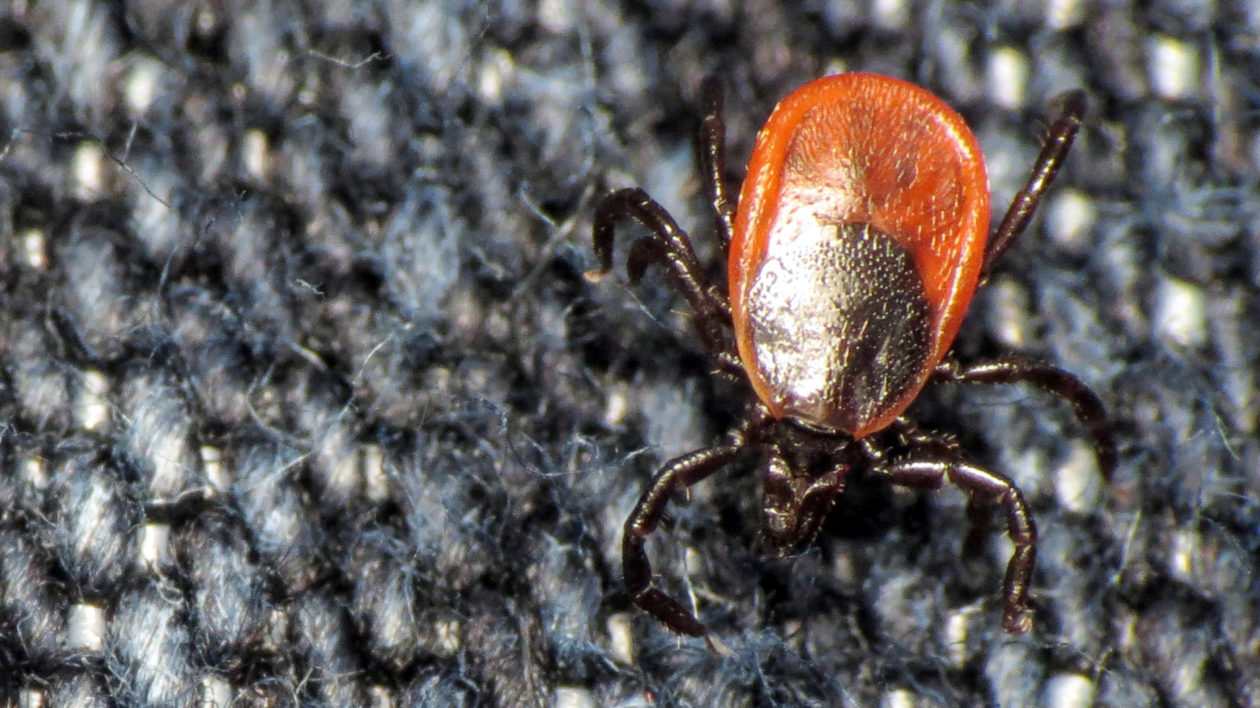
Tick Tock
Perhaps the most unwelcome change of all is the rise of ticks. I spent nearly every day playing outside, in fields and woodlots, as a kid. In my first 30 years of life, I never encountered a single tick. Within 30 minutes of my last visit, I had two ticks embedded in me, and had to go on antibiotics.
That’s because deer ticks cause Lyme disease. While media accounts pump up the hysteria about Ebola, thousands of people are getting Lyme disease each year. By any reasonable standard, it’s a flat-out epidemic, and almost no one understands.
What caused the tick explosion? Here too you will receive many answers, some viable and some a bit wacky. Too many deer (again) and climate change are leading contenders. Some claim that reduced biodiversity in forests leads to more ticks, while others point out that suburbs actually have more species than many mature forests. One theory suggests that an increase in coyotes is to blame – they compete with the foxes that eat the white-footed mice that carry the ticks.
The arguments go on. But one thing’s certain: there are now a distressing number of ticks out there.
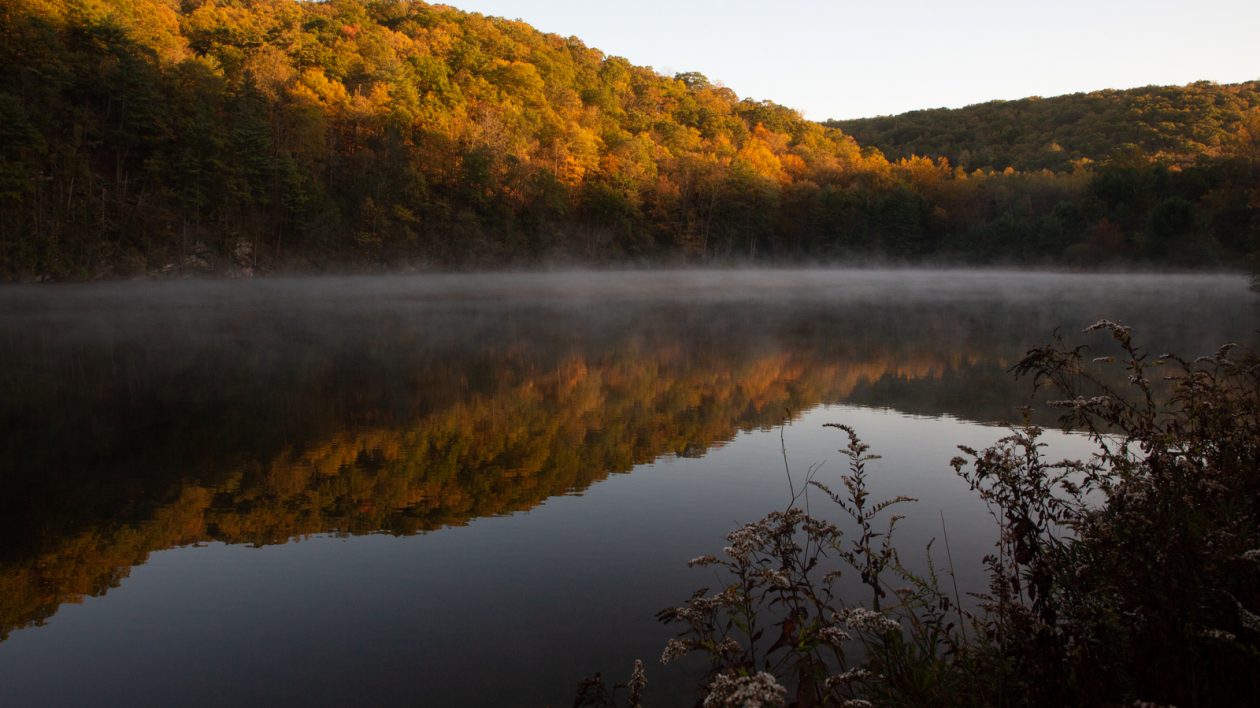
The Future of the Forest
Come November, I’ll walk the same woods, and honestly will barely notice the disappearances or the new faces. But the forest will still be changing. Stopping change is, ultimately, a pointless exercise. So is turning back the clock to some “pristine” time. Even our understanding of past forest conditions (see Pennsylvania bison) changes.
We can’t stop time but we can ask ourselves how we can best protect what we value for the future. How can we keep a diverse ecosystem, and one that future generations can enjoy as I have? This, ultimately, is a question we all have a stake in answering – not just in Penn’s Woods, but in natural habitats around the globe.
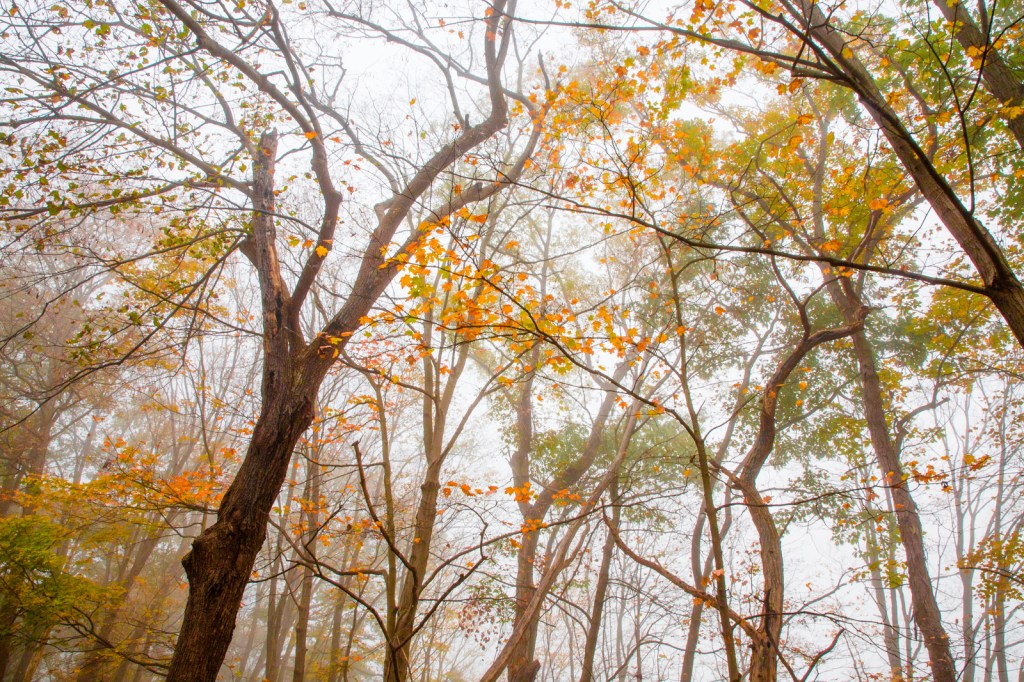



Having grown up in Pennsylvania, I really enjoyed your article. I currently find myself as Education Director at a Nature Center.
Heather Millar
Armand Bayou Nature Center
Am not in agreement of Dear killing. killing and just about eradicating is contraindication…leave nature alone for it took care of itself without man trying to balance it!!! You are only causing more animals than if you just left them alone!
The answer is MAN MUSTSTOP TAKING ALL THE LAND!!!! Nature! Mother Nature knows quite well how to care for itself!!!!
No need for hunters!!!!
This is sad, that you all just resort to killing innocent creatures for FUN!
Nice story!
sounds about right. But you left out the part about ghost towns: Farmers who left their farms many years ago and now the forest is back. And of course, the shutdown of the coalmines means depopulation: when I lived there, the trend was to reboot the economy into tourism, and of course tourism changes the ecology too.
and don’t forget the moose are back.
Hi Nancy,
Thank you for your comment. Yes, the abandonment of farms is a huge factor as is the change in the coal economy. In fact, on the property mentioned in the blog above, part of it was once a (very hilly) farm and part was used in mining. You can still see some of the foundations of mining structures. I didn’t have space to cover all the changes that have occurred. Moose are another interesting story, although they have not appeared in Pennsylvania.
So I’m from Warren County PA! I live rurally in this county, next to the Allegheny National Forest (ANF). So all this hit pretty close to home for me!
First, thanks for the bison thing, because I’ve always wondered about them in PA. I’ve always wondered about Moose in PA too, especially in Western PA. It seems like a neat idea that moose roamed here once, but I’ve only read a few things about when they were here, as it takes some digging to find that historical information.
I guess you’d be a bit East of them, but I’m surprised the elk didn’t get a mention! I don’t know what’s been up with them. I’ve heard they’ve had a hard time expanding their range, partially due to I-80, but also partially due to the Allegheny National Forest- they seem to starve if they come up this way… That’s what people at the ANF say at least.
Emerald Ash Borer has struck here, but there are some patches that seem to be not infected yet- at least in Warren county. Still, many people are preemptively cutting their ash trees due to the EAB.
Apparently hemlock wooly adelgid isn’t impacting the ANF as much as before, but I don’t know about the rest of the state. There were some brutally cold winters a couple years ago that seemed to put a dent in their population. That’s what I’ve heard from foresters around here at least.
Also, there’s supposedly a patch of blight-free chestnut in the ANF. It’s not marked, but they call the area Chestnut Ridge. I’ve heard of other patches around the nation too. Just a neat thing I’ve heard about the area. I haven’t been to it yet, but I’ve been meaning to get it there.
I’ve heard people say that turkey numbers are down, and the blame is being placed on the fishers. I don’t know enough about this to know if that’s true or not, but I know other areas that have fishers have high turkey populations- like Connecticut. There are some people that are upset with the introduction of them.
But most importantly- THANK YOU for the deer part. Thank you so much. Foresters, wildflower finders, birders, ecologists, hikers, and gardeners have been saying there are too many deer. But hunters aren’t listening. I don’t know why hunters seem to think the population is in danger of low population… This mentality makes any talk of lowering populations impossible. And don’t bring up predator reintroduction. I made that mistake a few times…
My interest in deer overpopulation really increased when my fiance hit a deer near my home over the summer… I’m not really sure how to approach the topic with local people so I just… Don’t…
Thanks for reading this and for your thoughtful comment! It would be great if you would leave this comment on the blog as well, as I think readers would find it interesting and informative. As far as elk, the omission was in part due to space (I had a number of other topics I wanted to cover but the blog was getting long) and part due to the fact that my “home” woodlands are out of the elk range.
But you’re right; the elk story is a pretty dramatic one. When I was a kid, there were just a few elk clinging to existence. Now, of course, the population is quite robust. I have gone to see them in the Benezette area.
I have heard fishers blamed for lower turkey populations, and coyotes (which also could have been included). I have also heard the barroom tales that coyotes were stocked by the Game Commission. And that rattlesnakes have been stocked. I have even heard the rumor that the Game Commission was bring literal truckloads of coyotes into the state…with actually eyewitness accounts from someone’s cousin’s friend’s ex-husband’s coworker.
The deer issue is perhaps the toughest. My dad occasionally sends me Pennsylvania Outdoor News and every issue contains a letter claiming “deer are practically extinct.” It is tough to argue with people who hold such opinions but I’m glad that colleagues and some organizations are attempting to do so!